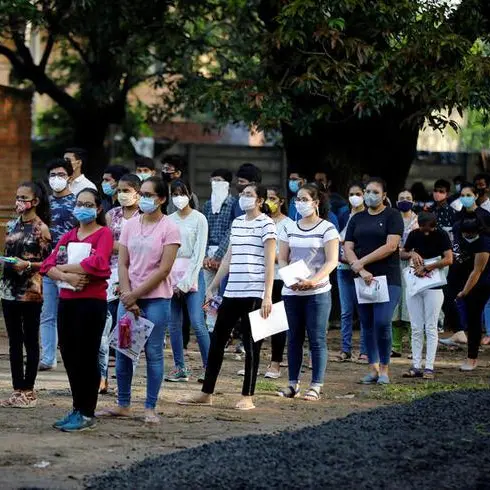Challenges facing the treatment of blood diseases in children will be the focus of a major conference that opens in Bahrain today.
More than 400 experts from the UK, South Africa, the US and other countries are expected to attend the three-day International Paediatric Haematology Conference 2020.
It is being held under the patronage of Health Minister Faeqa Al Saleh, at the Wyndham Grand Hotel, Bahrain Bay.
The event features 22 renowned lecturers and is aimed at discussing the recent approaches, advancements and challenges faced in issues relevant to paediatric haematology.
“This international scientific conference specialises in recent approaches and challenges in paediatric haematology,” said conference organising committee chairman Dr Najat Mahdi.
“We have experts, including speakers from different countries, who will deliver key presentations during the three days of the conference.”
Dr Mahdi, who is consultant paediatric haematologist and oncologist at Salmaniya Medical Complex, said the conference is designed to review new and current aspects in the diagnoses or management of blood disorders among children, namely sickle cell anaemia and thalassaemia.
“There are known blood disorders among children that require proper early intervention, diagnosis, and proper follow-up by trained healthcare providers.”
One of the most common hereditary diseases in Bahrain is sickle cell anaemia, a condition that affects around 8,664 Bahrainis.
Characterised by abnormal blood cells that have a tendency to take on a rigid, sickle-like shape, the disease leaves patients prone to a number of acute and chronic health problems such as infection, attacks of severe pain known as “sickle-cell crisis” and stroke.
Thalassaemia is a blood disorder that reduces the production of haemoglobin.
However, the number of deaths from sickle cell complications associated with the diseases has reduced due to heightened awareness, the availability of new medication and the efforts of a dedicated blood disorder unit.
The rate of sickle cell among newborns was at 2.1 per cent in 1985, which decreased to 0.6pc among newborns and 1pc among high school students in 2015, while thalassaemia dropped from 2pc to 0.2pc in the same period for high school students.
sandy@gdn.com.bh
© Copyright 2019 www.gdnonline.com
Copyright 2020 Al Hilal Publishing and Marketing Group Provided by SyndiGate Media Inc. (Syndigate.info).











